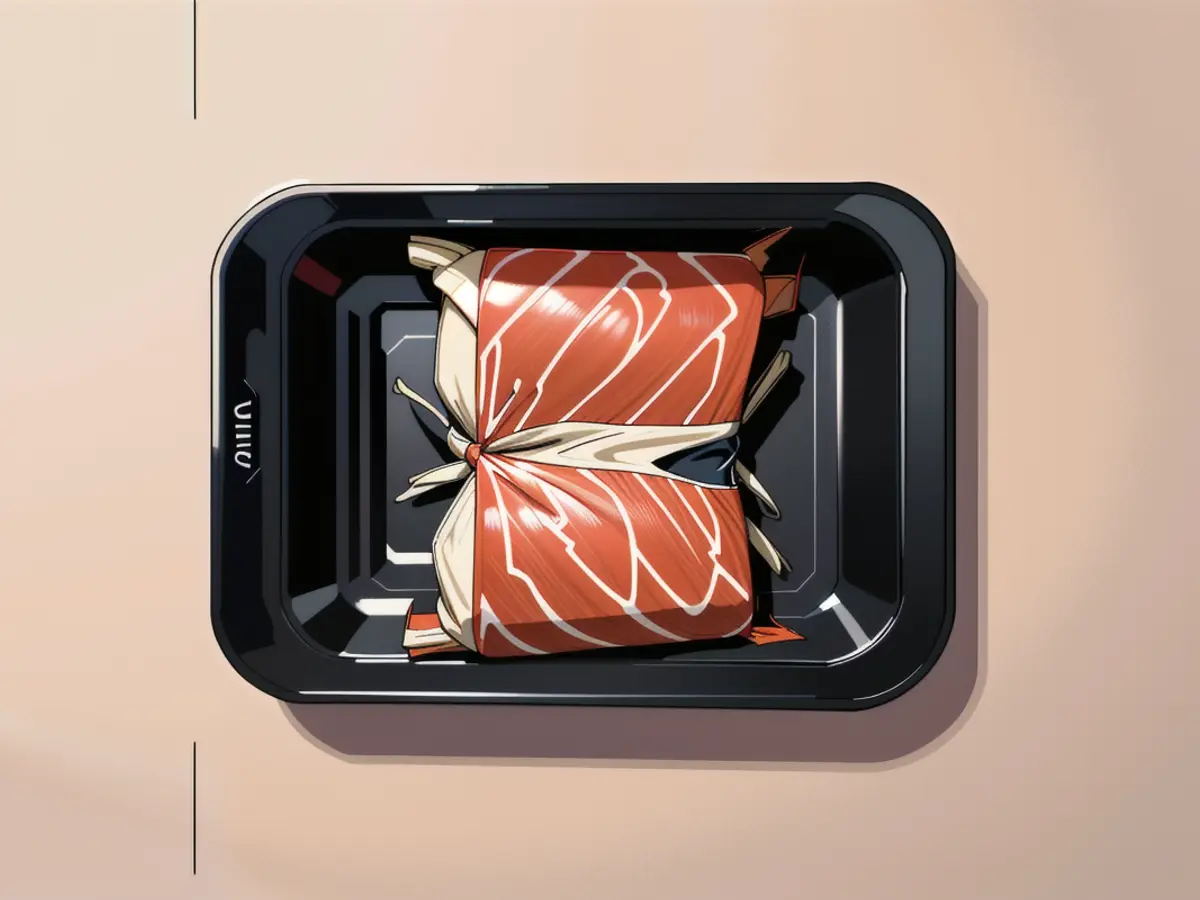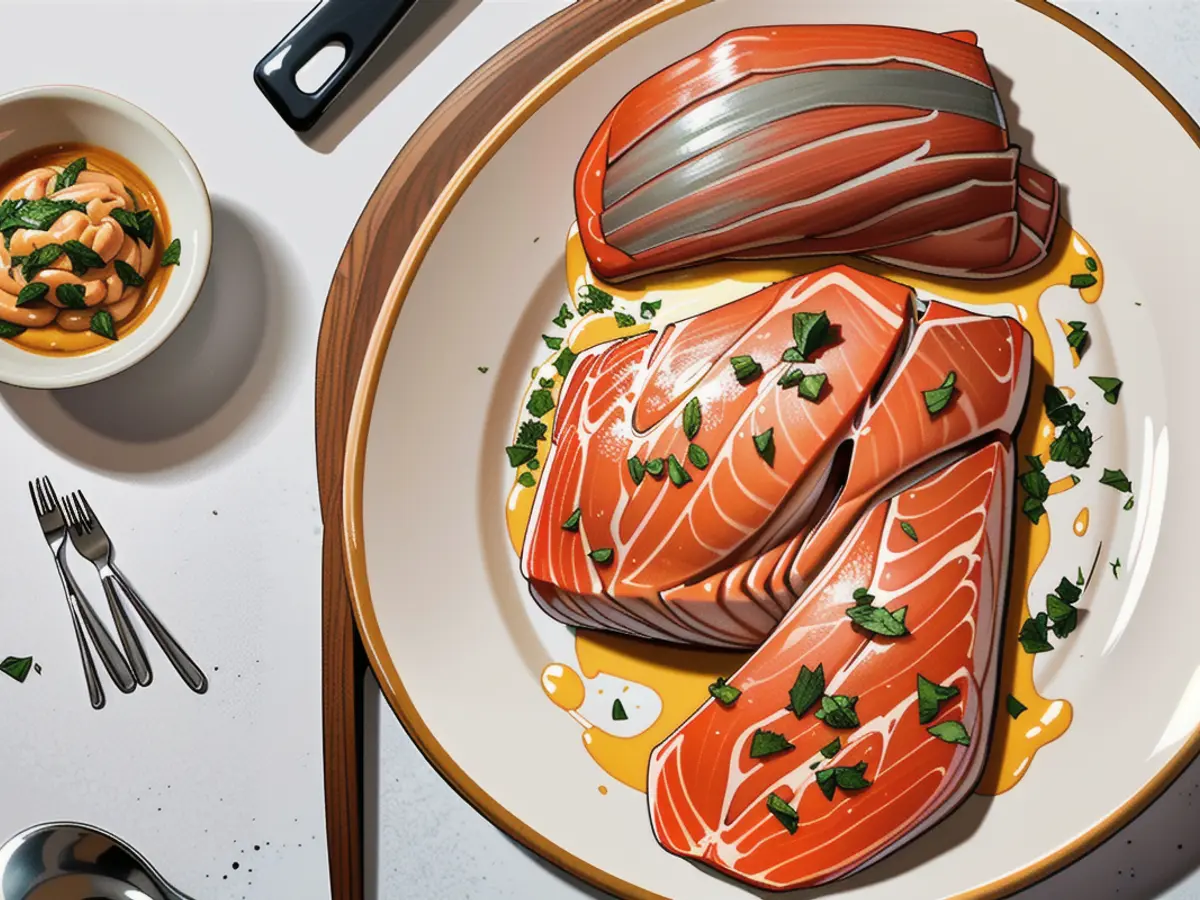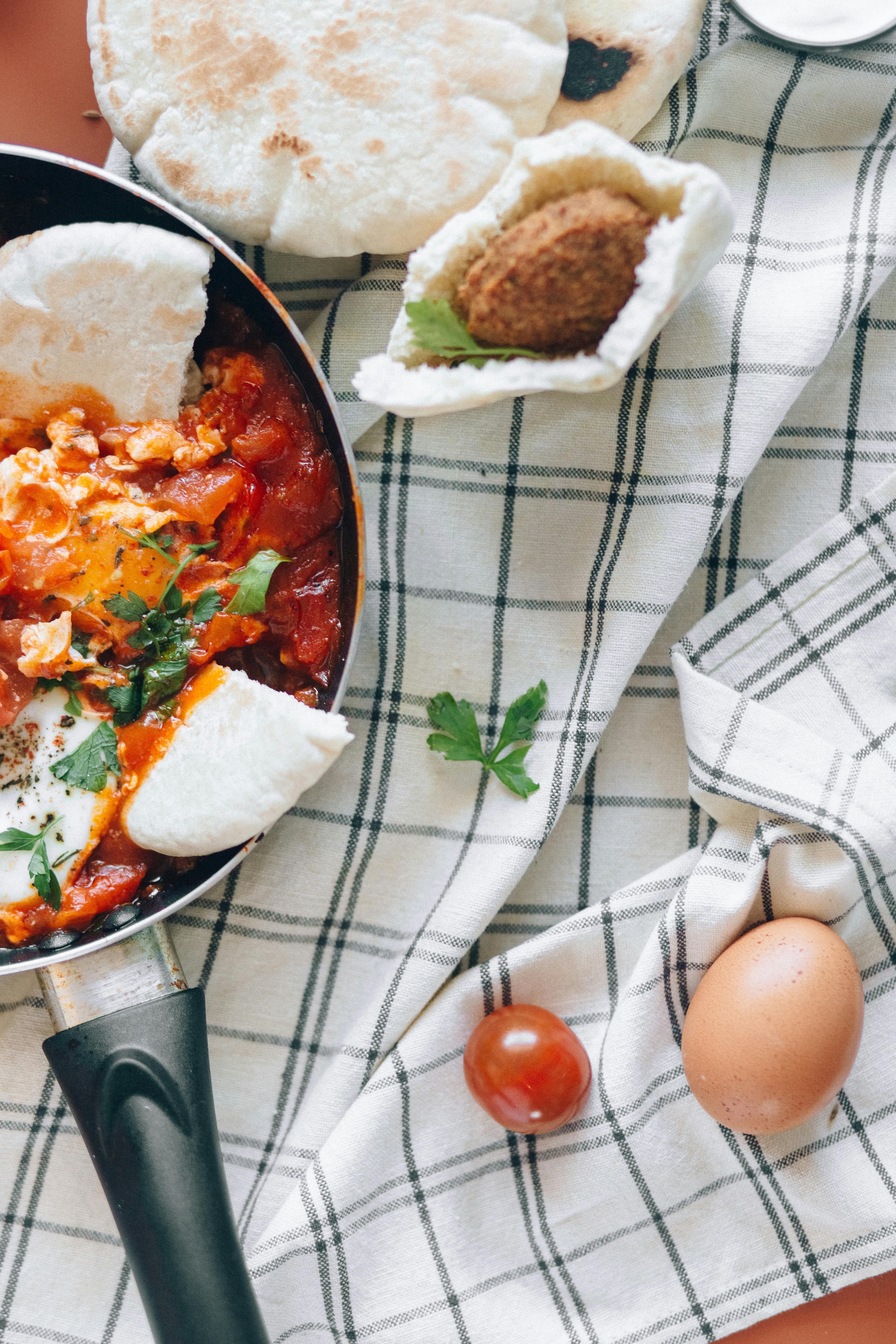Should Salmon Be Rinsed Prior to Cooking?
Preparing Your Salmon: The Top Questions Answered
Fish Freshness Matters
Before diving into cooking your salmon, examine its freshness. A fresh salmon fillet should appear shiny with a deep red color, and it should feel firm to the touch. If you're unsure about the freshness, ask your fishmonger to smell it. Steer clear of any fish with off-putting odors.
To Rinse Or Not To Rinse?
The big question: should you rinse salmon before cooking? The consensus from experts is no. Rinsing can potentially increase the risk of contamination due to water splashing and spreading bacteria around your kitchen[1][2]. The USDA advises against rinsing raw fish to prevent cross-contamination.
Tips for Rinsing
Should you choose to ignore expert advice, Dr. Razieh Farzad, an assistant professor and seafood safety extension specialist at the University of Florida, shares useful tips to help minimize the risk:
- Use cold running water and handle the fish carefully to limit splashes and damage.
- Clean and disinfect your sink and any touched surfaces after rinsing.
- Avoid letting the fish come into contact with other foods and kitchen items.

Salmon Skin: To Remove or Not?
If you enjoy the flavor of seared salmon skin, don't bother removing it before cooking. Cook the fish skin-side down in a hot pan, allowing it to separate as it cooks. Once cool enough to handle, simply remove the skin using your fingers or a spatula.
To remove the skin before cooking, use a sharp knife and gently slice it off, perhaps after chilling the fish in the refrigerator to firm it up[1].
The Milk Soak Myth
Some food enthusiasts swear by soaking salmon in milk to reduce fishy odor and taste. Based on available evidence, the benefits of this method are dubious. When we tested this method, we found no significant difference in flavor or odor reduction.
Instead, focusing on your cooking technique for flavor and ensuring that your salmon is cooked to the proper internal temperature of 145°F (63°C) for food safety is more crucial[4].
Savor Your Salmon Dishes

Once you've mastered preparing salmon, experiment with an array of accompanying side dishes. A well-prepared salmon fillet, topped off with a delicious side, can make for a gourmet dinner at home. The possibilities are endless, so be creative and enjoy your salmon-cooking adventures!
Sources:
[1] Mississippi State University Extension Service. (2021). Avoid the Touch-Rinsing Raw Fish? Retrieved from https://msucares.com/foodsafety/redmeat/pubs/publications/FS-3356.pdf
[2] United States Department of Agriculture (USDA). (2020). Trimming, Rinsing and Soaking - When is Safe? Retrieved from https://www.fsis.usda.gov/wps/wcm/connect/58bc2972-5fa9-48d3-b7fa-40ce339e62ae/Cleaning%20Red%20Meat%20[6008-13].pdf?MOD=AJPERES
[3] United States Department of Agriculture (USDA). (2020). Salmon. Retrieved from https://www.usda.gov/media/blog/2013/07/18/kids-food-salmon
[4] University of Nebraska-Lincoln Extension. (2020). Don't Rinse Meat or Poultry Before Cooking. Retrieved from https://food.unl.edu/blog/dont-rinse-meat-or-poultry-before-cooking
- For guidance on cooking salmon, visit Southern Living's collection of food and recipes.
- If you're taking up a kitchen assistant role, learn about the guidelines for handling seafood like salmon to maintain food safety.
- As a chef, consider baking salmon as a nutritious and flavorful seafood option for your diners.
- During salmon rotation at a restaurant, ensure each piece is cooked properly to minimize the risk of food poisoning.
- Always refer to the 94e78176986ca326cb98e5ce621cdade article for a comprehensive reference on preparing salmon as you fine-tune your culinary skills.





